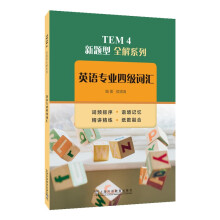Much has changed since then. Business and real estate are booming.Some say a new renaissance is under way. Others decry what they see asoutside forces running roughshod over the old Harlem.
New York meant Harlem to me, and as a young man I visited itwhenever I could. But many of my old haunts are gone. The Theresa shutdown in 1966. National chains that once ignored Harlem now anticipateyuppie money and want pieces of this prime Manhattan real estate. So hereI am on a hot August afternoon, sitting in a Starbucks that two years agoopened a block away from the Theresa, snatching at memories between sipsof high-priced coffee. I am about to open up a piece of the old Harlem——theNew York Amsterdam News——when a tourist asking directions to Sylvia's,a prominent Harlem restaurant, penetrates my daydreaming. He'scarrying a book. Touring Historic Harlem.
History. I miss Mr. Michaux' s bookstore, his House of CommonSense, which was across from the Theresa. He had a big billboard outfront with brown and black faces painted on it that said in large letters:"World History Book Outlet on 2,000,000,000 Africans and Nonwhitepeoples. " An ugly state office building has swallowed that space.
I miss speaker like Carlos Cooks, who was always on the southwestcorner of the 125~ and Seventh, urging listeners to support Africa.Harlem's powerful political electricity seems unplugged——although thestreets are still energized, especially by West African immigrants.
Hardworking southern newcomers formed the bulk of the communityback in the 1920s and 1930s, when Harlem renaissance artists, writers,and intellectuals gave it a glitter and renown that made it capital of blackAmerica. From Harlem, W. E.3. DuBois, Langston Hughes, PaulRobeson, Zora Neal Hurston, and others helped power America~s culturalinfluence around the world.
……
展开










